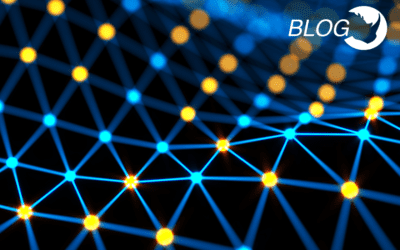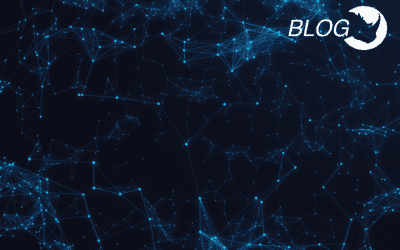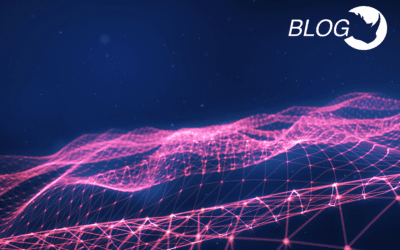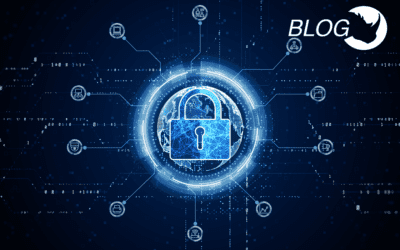The role of Threat Intelligence Platforms in Implementing Extended Detection and Response
As the new year continues to unfold, cybersecurity budget holders will be deep into the process of identifying where to allocate funds to best enhance protection against cyberthreats. The good news is that budgets are rising, with industry commentators frequently reporting that companies are committing more money to strengthening their posture against persistent and sophisticated threats.











